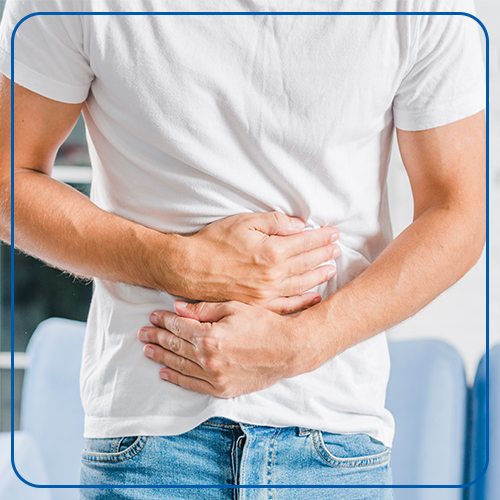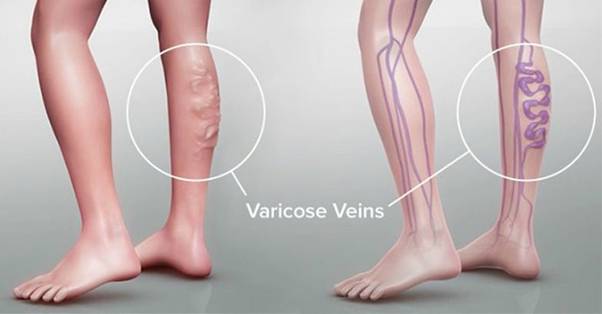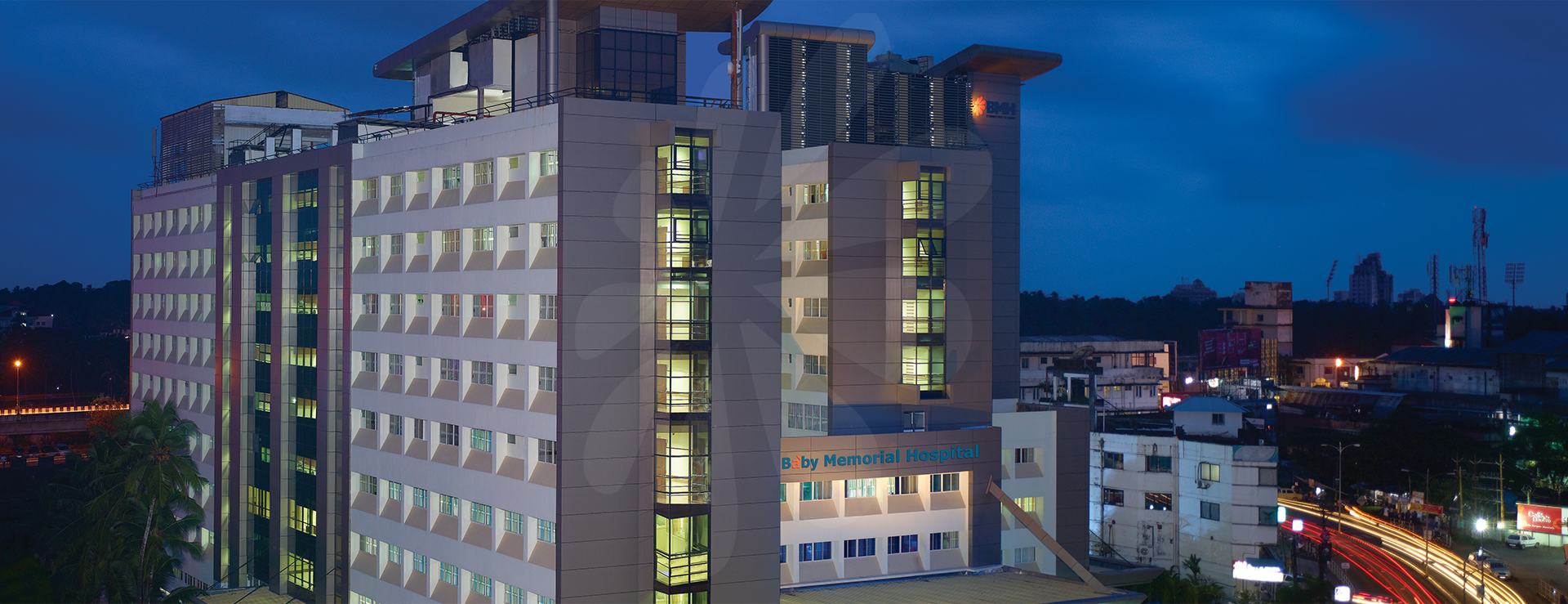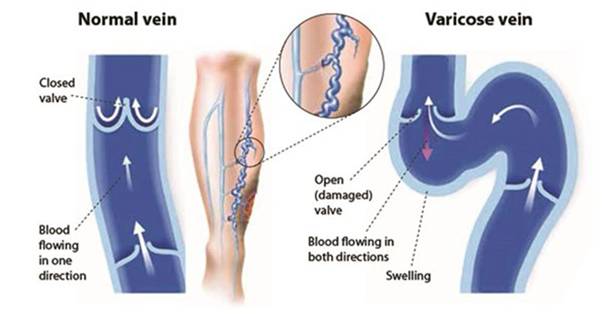
A hernia means something coming through. It most frequently occurs when an organ or internal tissue pokes through a hole or weakness in your abdominal muscle wall.
In many cases, people have no or very few hernia symptoms. You may notice a swelling or lump in your stomach area or groin. Often you have no hernia pain.
If your hernia causes sudden pain and especially if it can’t be pushed back in, you should seek urgent medical care. It may mean that your hernia is trapped or tightly pinched where it pokes through the muscle wall (obstruction) and in extreme cases it may cut off the blood supply to your intestines and tissues in your abdomen (strangulation).
A hernia is not usually a serious condition but it will not go away without hernia treatment known as a hernia repair.

Hernia repair surgery is the world’s most common surgical procedure. Hernia surgery can help to relieve pain, return the hernia abdominal organs to their correct place and, strengthen the weak muscle area.
A hernia operation usually takes around an hour as a day case procedure. It can be performed by:
Under local or general anaesthetic, an incision usually around 2.5 to 3 inches is made to your skin near your hernia and your surgeon will push your hernia back into your abdomen. The incision is then either stitched closed or much more commonly a mesh is placed over the hole and fixed using fine stitches. The mesh acts like a scaffold and your own tissue will grow through the mesh to reinforce the weakened area without putting tension on the surrounding tissues.
Under general anaesthetic, several smaller incisions are made to allow your surgeon to use a less invasive technique using various special instruments including a tiny telescopic camera to repair your hernia. A mesh may then be used to strengthen your abdominal wall.
If hernia surgery is recommended, your surgeon will advise on the most appropriate type of surgery based on the location and severity of your hernia.
Recovery time after hernia surgery is usually two to three weeks. Most patients will return to normal daily activities and go back to work within a week. You should not do any heavy lifting for at least six weeks. Your surgeon will talk to you about what you can and cannot do for your specific hernia operation.
Varicose veins are large, swollen veins that often appear on the legs and feet. This happen when the valves in the veins do not work properly. This condition commonly affects the legs because as standing and walking upright increases the pressure in the veins.
If treated at the right time varicose vein can be completely cured.

Signs and symptoms of varicose vein may include:


Varicose vein is basically an Occupational disease. You can reduce the risk by improving your circulation and muscle tone . Some measures you can take to prevent varicose vein includes:



Radiofrequency ablation is a minimally invasive treatment for varicose veins, this one of the most modern technique to treat varicose vein and is highly effective. This technique uses radiofrequency energy to heat up and damage the wall inside a vein. This usually closes off a varicose vein in the leg. To treat a varicose vein, radiofrequency energy is directed through a thin tube (catheter) inserted through a small incision in the vein. It can be used on large veins in the leg and can be done in an office setting using local anaesthesia. You will be able to walk following the treatment and recovery typically is short.
Doctors are using new technology in laser treatments to close off smaller varicose veins and spider veins. Laser treatment works by sending strong bursts of light onto the vein, which makes the vein slowly fade and disappear. No incisions or needles are used.
In this procedure, your doctor injects small- and medium-sized varicose veins with a solution or foam that scars and closes those veins. In a few weeks, treated varicose veins should fade.
Although the same vein may need to be injected more than once, sclerotherapy is effective if done correctly. Sclerotherapy doesn't require anaesthesia and can be done in your doctor's office.
For further information regarding this please contact at +91 9061122666
